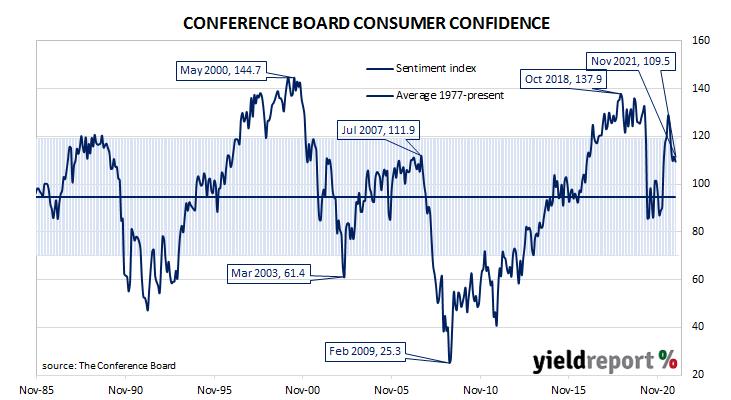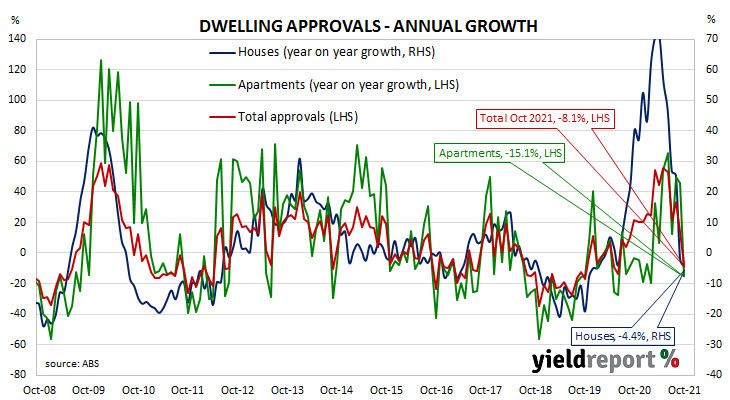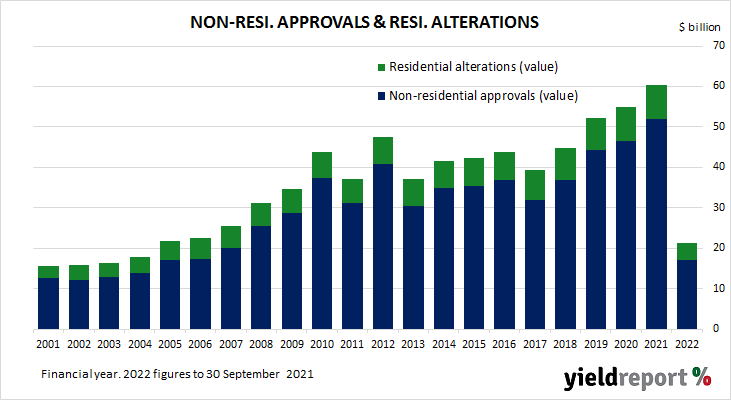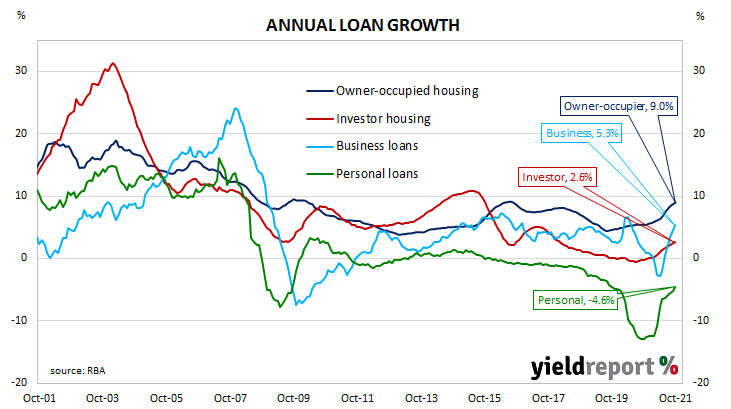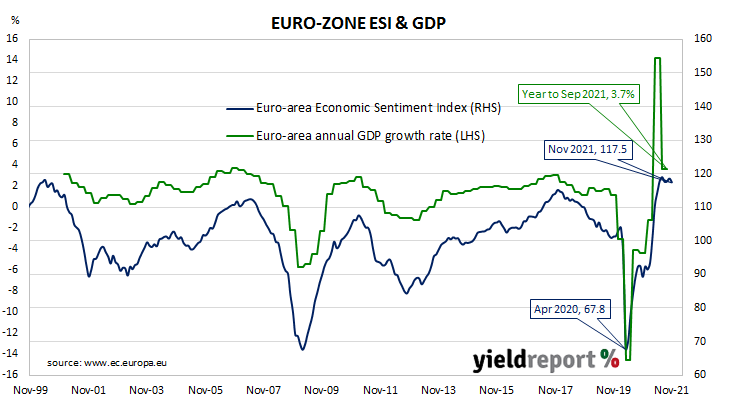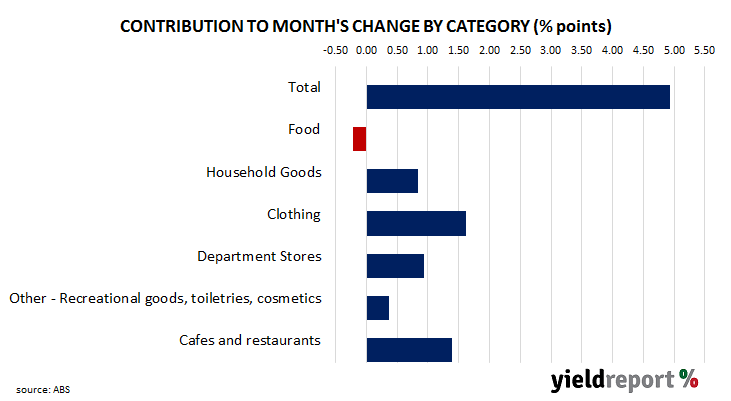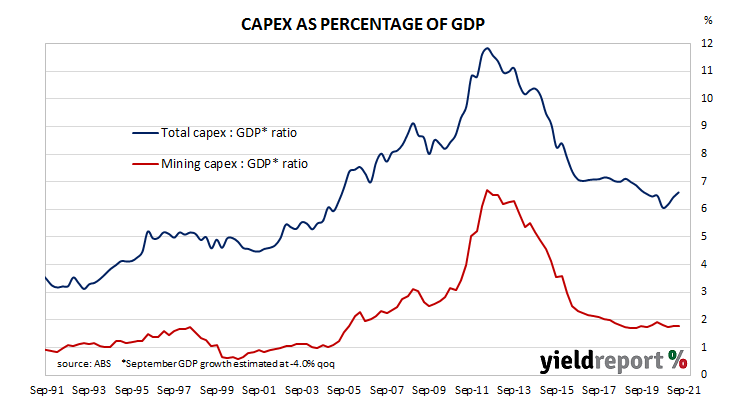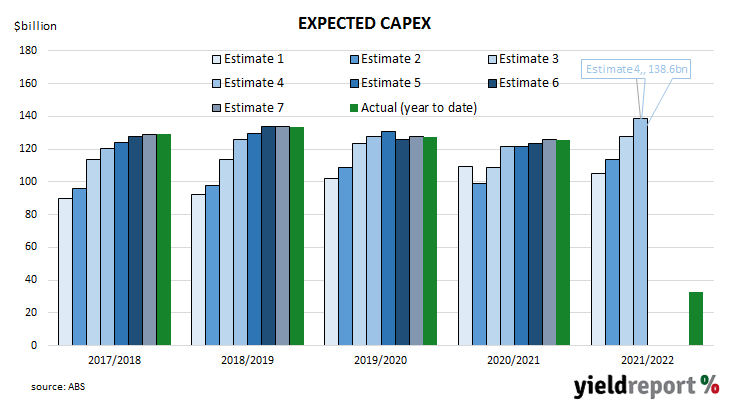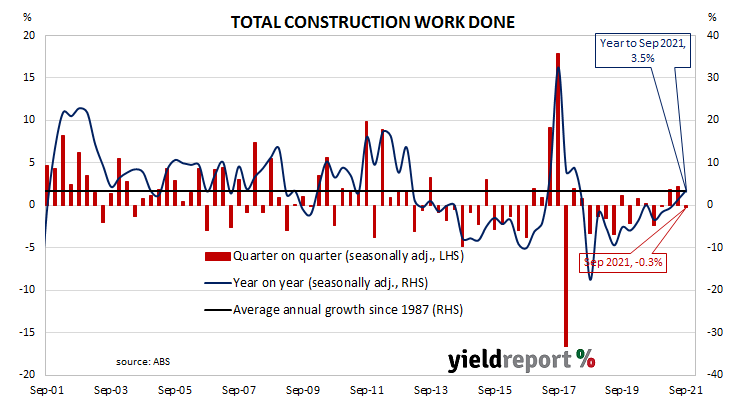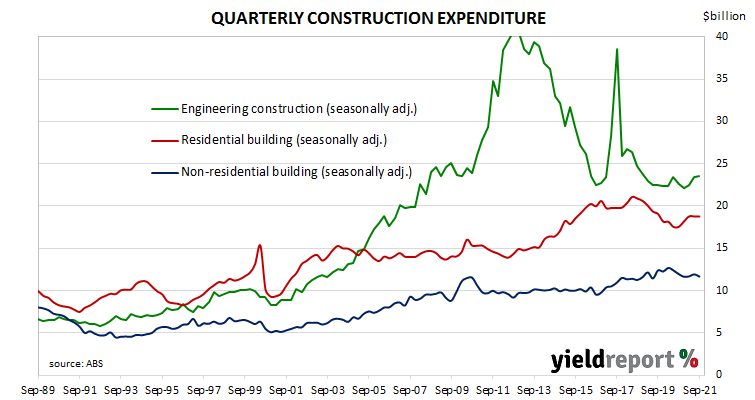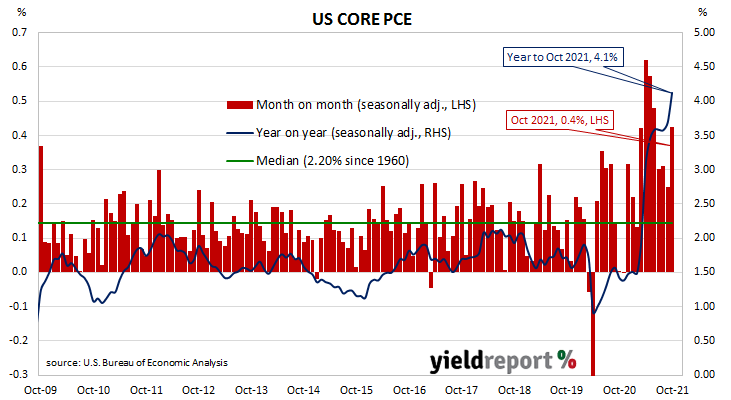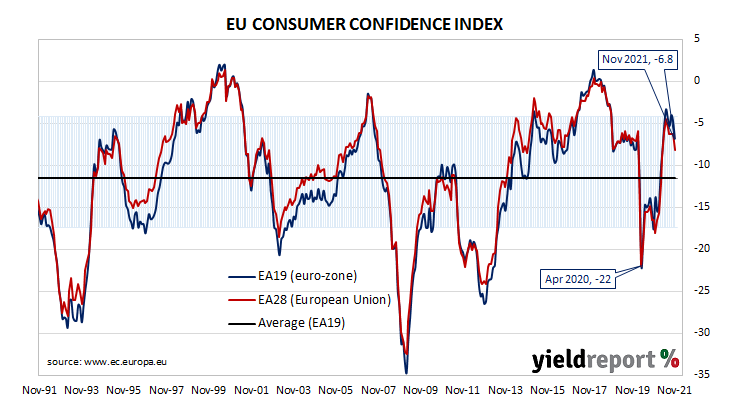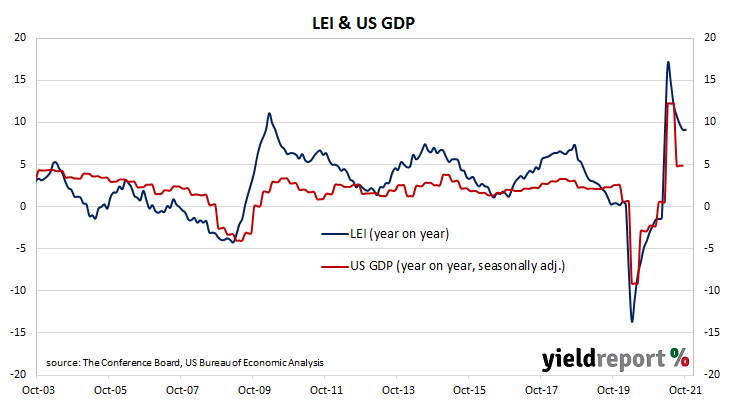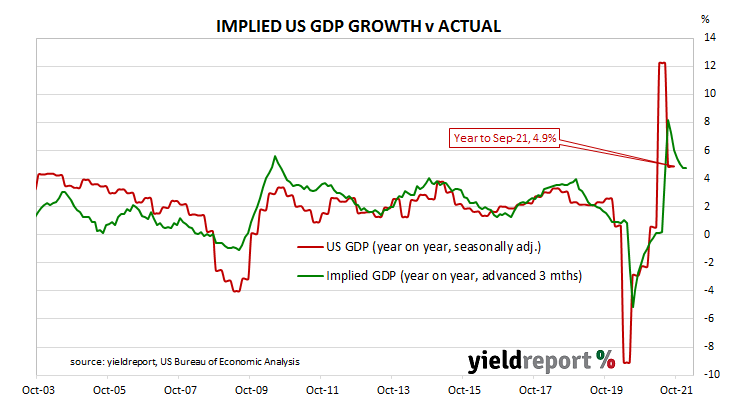Summary: Conference Board Consumer Confidence Index declines in November; reading slightly below expected figure; views of present conditions, short-term outlook both decline; household confidence, spending to “face headwinds” from rising prices, potential COVID-19 resurgence; economic expansion still likely into early 2022.
After the GFC in 2008/09, US consumer confidence clawed its way back to neutral over a number of years and then went from strength to strength until late 2018. Measures of consumer confidence then oscillated within a fairly narrow band at historically high levels until they plunged in early 2020. Subsequent readings then fluctuated around the long-term average until March this year when they reached elevated levels.
The latest Conference Board survey held during the first three weeks of November indicated US consumer confidence has deteriorated marginally. October’s Consumer Confidence Index registered 109.5 on a preliminary basis, a reading which was slightly below the median consensus figure of 110.0 as well as October’s final figure of 111.6.
Consumers’ views of present conditions and their outlook for the near-future both deteriorated. The Present Situation Index declined from a revised figure of 145.5 to 142.5 while the Expectations Index declined from a revised figure of 89.0 to 87.6.
“Expectations about short-term growth prospects ticked up but job and income prospects ticked down. Concerns about rising prices and, to a lesser degree, the Delta variant, were the primary drivers of the slight decline in confidence,” said Lynn Franco, a senior director at The Conference Board.
US Treasury bond yields jumped at the short end but fell elsewhere along the curve on the day following Jerome Powell’s comments regarding inflation and the pace of tapering. By the close of business, the 2-year Treasury bond yield had gained 8bps to 0.56%, the 10-year yield had shed 5bps to 1.45% while the 30-year yield finished 6bps lower at 1.79%.
In terms of US Fed policy, expectations of a rise in the federal funds rate over the next 12 months firmed a little. Federal funds futures contracts for November 2022 implied an effective federal funds rate of 0.52%, 45bps above the current spot rate.
Franco expects household confidence and spending “will likely face headwinds from rising prices and a potential resurgence of COVID-19 in the coming months.” However, he also thinks “confidence levels suggest the economic expansion will continue into early 2022.”
The Consumer Confidence Survey is one of two monthly US consumer sentiment surveys which result in the construction of an index. The Conference Board’s index is based on perceptions of current business and employment conditions, as well as respondents’ expectations of conditions six months in the future. The other survey, conducted by the University of Michigan, is similar and it is used to produce an Index of Consumer Sentiment. That survey differs in that it also includes some longer-term questions.


